Businessman Albert Kr. Hæhre has expressed concern over the growing number of people moving to the site, which has become a national focal point for tensions surrounding the country’s Roma population.
Hæhre has found himself at complete odds with co-landowner Vanessa Quintavalle, who invited the Roma travellers to move to the Årvoll site after they were asked to leave a makeshift camp outside a city church.
In a letter to Quintavalle, Hæhre said the board of the firm he chairs, Årvoll Eiendom As, will assume control of the situation unless a plan for an evacuation of the site is presented to the local authorities by 10am on Friday, according to a report on the Byggeindustrien website.
Officials from the Bjerke district conducted a new examination of the site on Thursday and found that the number of tents had risen to 27, with around 30 cars parked in the area.
“As of today the conditions do not demand a closure of the area, but the district is nevertheless concerned by the growing number of people staying at the camp,” said district chief Kristin Enstad.
A group of neighbours meanwhile sent a letter to Hæhre in which they threatened to press charges if the camp is not shut down within three days, newspaper VG reports.
“We don’t wish the Roma people any harm, but a small neighbourhood cannot solve a national problem alone,” said Hege Almerud, a resident who has launched a Facebook group on behalf of neighbours opposed to the camp.
Residents have also called the police to ask them to stop people driving through the area.
"We’re worn out, and all of this runs counter to people’s sense of justice. We’re the ones stuck in the mess between the camp, the people who are calling us racists, and the racists who are spoiling for a fight at the camp,” said Almerud.

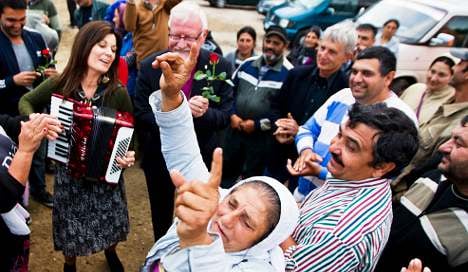
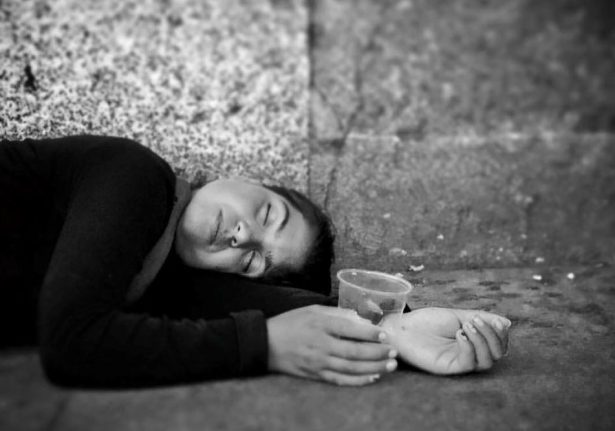
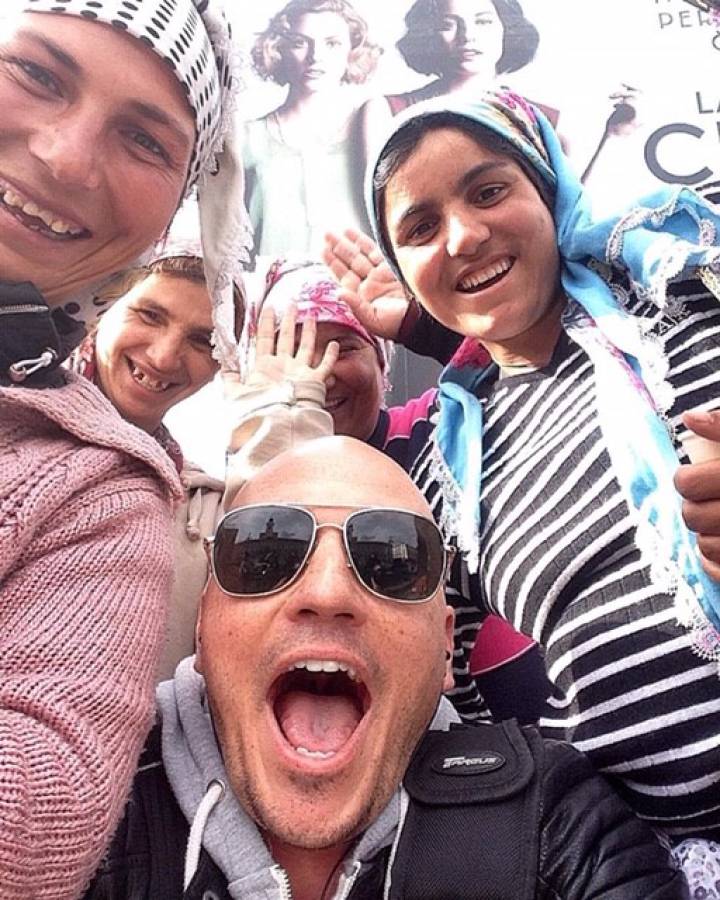
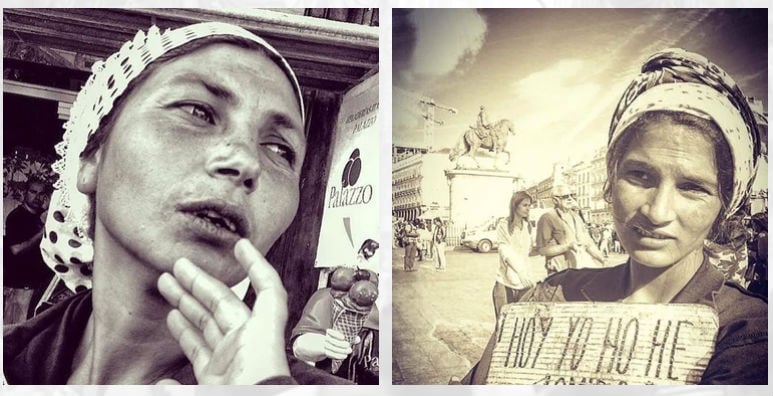
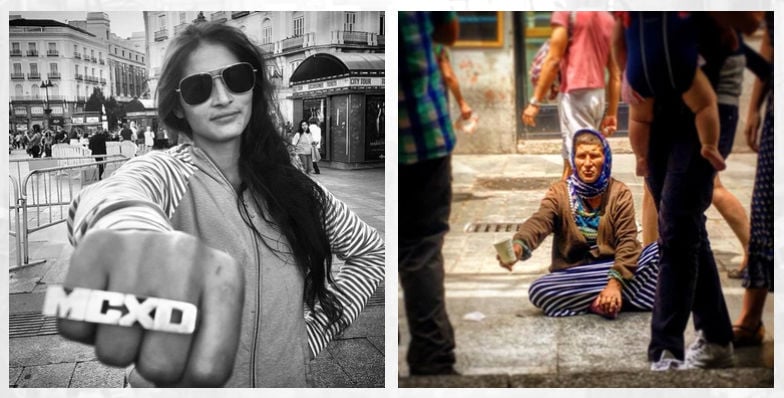
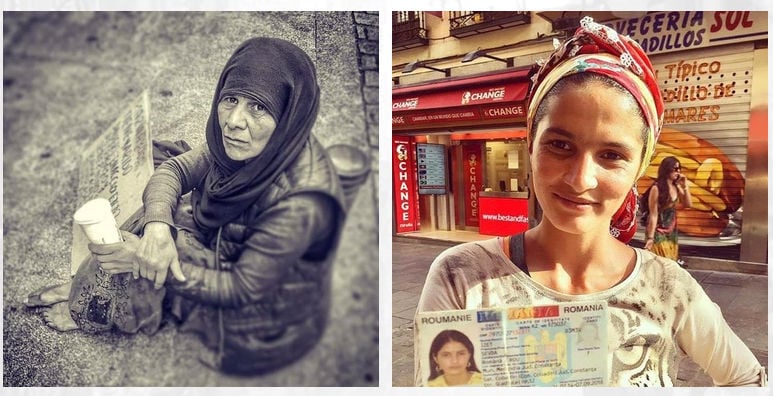
 Please whitelist us to continue reading.
Please whitelist us to continue reading.
Member comments